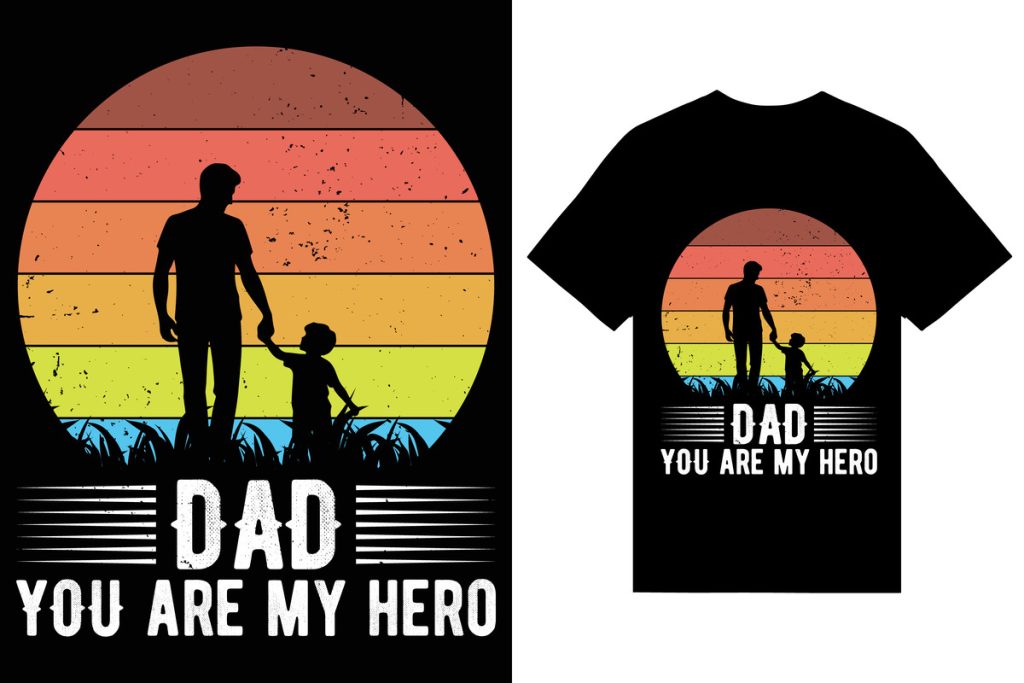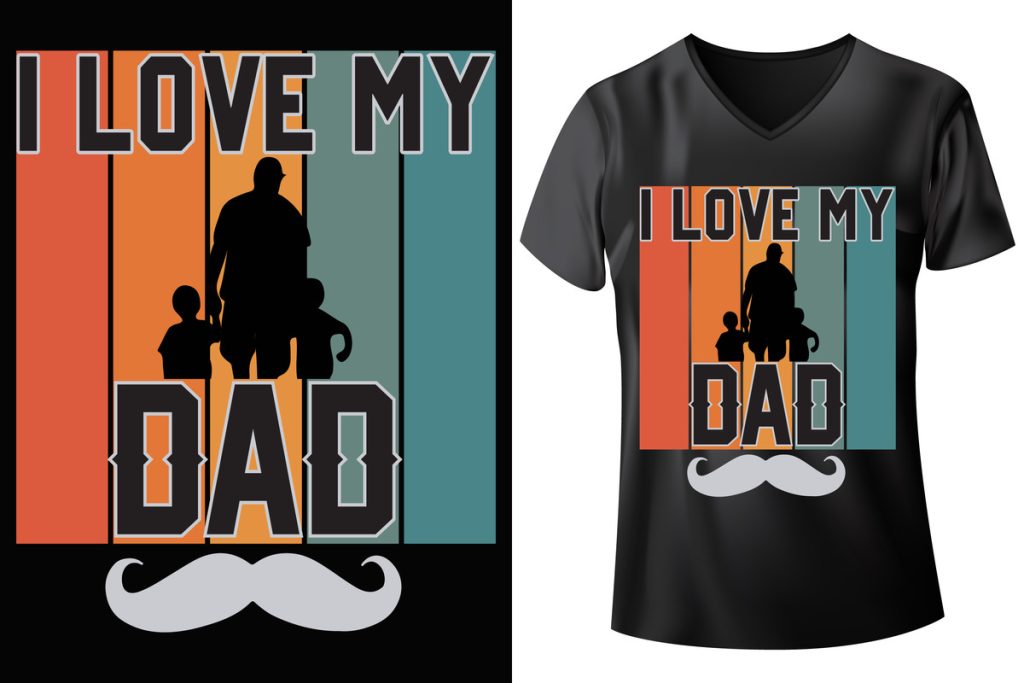DTF technology, or Direct-to-Film printing, is rapidly transforming the landscape of the apparel printing industry with its innovative applications and advantages. This cutting-edge printing method enables high-quality designs on various fabrics, driving trends that cater to today’s fast-paced market demands. As brands increasingly focus on sustainable printing practices, DTF technology stands out by integrating eco-friendly materials and processes into production. This blog post will delve into the latest DTF printing trends, exploring how technological advancements and market growth are set to shape the future of this revolutionary printing technique. Stay tuned as we uncover exciting innovations and sustainable solutions that are redefining the potential of DTF technology in the textile industry.
Direct-to-Film (DTF) printing represents a significant evolution in digital textile technology, merging efficiency and quality in custom apparel production. This method not only boasts the ability to print intricate and vibrant designs but also aligns with contemporary trends towards eco-conscious practices. As the industry witnesses a surge in demand for personalized clothing options, innovations in DTF are paving the way for sustainable printing alternatives that address environmental concerns. Moreover, advancements in printer technology and material compatibility are enhancing the capabilities of DTF, offering new opportunities for businesses across various sectors. By examining the future of this dynamic printing method, we anticipate exciting developments that will continue to shape the fabric of the apparel market.
Key Innovations in DTF Technology
The realm of Direct-to-Film (DTF) printing is witnessing rapid advancements that are reshaping production dynamics. Innovations in ink formulation have led to the development of high-quality pigment inks that not only enhance the vibrancy of colors but also improve wash durability. These new formulations ensure prints maintain their integrity even after multiple washes, a crucial factor for brands aiming to offer long-lasting products. As manufacturers continue to explore cutting-edge technological solutions, the capabilities of DTF printing are expanding, allowing businesses to meet and exceed customer expectations.
In addition to ink innovations, advancements in printing equipment technology are also instrumental in elevating DTF printing. Modern printers are now equipped with sophisticated features that allow for faster production speeds and precision adjustments based on fabric types. This means businesses can cater to a wider range of materials, from lightweight sports fabrics to heavier textures like denim, thus attracting diverse market segments. The combination of improved ink and equipment is set to reinforce DTF’s position as a formidable alternative to traditional printing methods.
Sustainable Practices in DTF Printing
Sustainability has become a driving force within the DTF printing industry, reflecting a broader shift towards eco-conscious business practices. Companies are increasingly adopting eco-friendly inks that reduce harmful emissions and utilizing recyclable transfer films to minimize waste. Such practices not only meet regulatory standards but also resonate with environmentally aware consumers who prioritize sustainability in their purchasing decisions. By harnessing the power of green technology, DTF printing is proving its commitment to creating a healthier planet.
Furthermore, the push towards sustainable production aligns with industry trends aiming to develop circular economies in fashion. Brands are not only focusing on reducing their carbon footprints but are also seeking to establish systems that support recycling and waste reduction. As these environmentally-friendly innovations take center stage, DTF technology has the potential to set new benchmarks in sustainable printing, reinforcing its appeal in markets that demand ethical production.
The Role of Automation in DTF Technology
Automation and artificial intelligence are reshaping the landscape of DTF technology by improving production efficiency and accuracy. Smart printers that can adapt their settings based on material type not only speed up the printing process but also enhance the final output’s quality. This integration of technology reduces the likelihood of human error, ensuring consistency across large production runs and allowing businesses to respond quickly to changing consumer demands.
Moreover, automation within DTF printing streamlines labor-intensive practices, enabling businesses to optimize their workforce. By investing in automated solutions, companies can allocate their human resources to more strategic roles, enhancing overall productivity. As the DTF landscape continues to evolve, the role of automation will be pivotal in maintaining competitive advantages in the market.
Emerging Trends in the DTF Printing Market
The DTF printing market is experiencing dynamic growth driven by increasing consumer demand for customized apparel and rapid delivery timelines. As brands seek to establish a personal connection with their customers, the versatility of DTF printing allows for unique, tailored designs that cater to individual preferences. In sectors such as fashion and sportswear, the ability to produce short runs of custom designs quickly is becoming crucial for market relevance.
As the demand for personalized products continues to rise, it’s anticipated that DTF technology will evolve to tackle challenges such as scalability and turnaround time. With ongoing investments in supply chain innovations, manufacturers are well-positioned to leverage the potential of DTF printing, making it a key player in the future of custom apparel production.
Expanding Material Compatibility in DTF Technology
A significant trend within DTF printing is the growth in material compatibility, moving beyond traditional fabrics like cotton and polyester. Recent innovations have enabled manufacturers to print on a diverse range of textiles, including challenging substrates like nylon and blends, expanding the horizons for fashion designers and businesses. This increased versatility allows brands to experiment with various material combinations, fostering creativity and innovation in product lines.
By broadening material compatibility, DTF technology is opening up exciting new markets for manufacturers. Customization opportunities now extend to products like bags, home textiles, and promotional items, which were previously limited by fabric restrictions. This flexibility not only attracts new customers but also empowers businesses to diversify their offerings, positioning themselves as leaders in creative and innovative textile solutions.
Challenges Facing DTF Technology and Its Future
While the future of DTF technology appears promising, it is not without its challenges. Cost remains a significant barrier for small businesses hoping to adopt DTF printing, as high-quality equipment and materials can be prohibitively expensive. This financial hurdle may hinder the ability of emerging brands to enter the market, especially when competing against established players who have already invested in advanced printing technologies.
Additionally, the competitive landscape is intensifying, with Direct-to-Garment (DTG) printing remaining a robust alternative. The successful positioning of DTF technology will depend on its ability to continuously innovate and deliver superior quality and cost efficiency. As the industry navigates these challenges, collaboration, knowledge sharing, and ongoing R&D will be essential to ensure DTF remains a compelling option in the future of textile printing.
Frequently Asked Questions
What is DTF technology and how does Direct-to-Film printing work?
DTF technology, or Direct-to-Film printing, is a printing method where designs are printed onto a special film using high-quality inks. The film is then transferred onto fabric using a heat press. This process allows for vibrant colors and detailed designs, making DTF an increasingly popular choice for custom apparel.
What are the latest DTF printing trends to observe in the industry?
Current DTF printing trends include increased sustainability through eco-friendly inks, innovations in print quality that enhance color vibrancy, and technological integration that incorporates automation and AI. These trends aim to meet the growing demand for personalized and high-quality custom apparel.
How is DTF technology contributing to sustainable printing efforts?
DTF technology is making strides toward sustainable printing by using water-based inks and recyclable transfer films. These eco-friendly practices help reduce waste and lower the carbon footprint, aligning DTF printing with global sustainability goals while appealing to environmentally conscious consumers.
What role does innovation play in the future of DTF technology?
Innovations in DTF technology, such as advancements in ink formulations and printer capabilities, are key to its future. These developments enhance print quality, expand material compatibility, and streamline production processes, ensuring DTF remains competitive against traditional printing methods.
Which materials are now compatible with DTF printing technology?
Originally limited to cotton and polyester, DTF technology has evolved to print on a wider range of materials, including nylon, denim, and various blends. This increased compatibility allows businesses to diversify their offerings and meet the needs of niche markets.
What challenges does DTF technology face as it evolves in the printing market?
Despite its growth, DTF technology faces challenges such as high initial costs for small businesses and competition from other printing methods like Direct-to-Garment (DTG). Addressing these challenges will be crucial for its sustained success in the rapidly evolving apparel printing landscape.
| Key Point | Description |
|---|---|
| Advancements in Print Quality | Improved ink formulations and printer technology have significantly enhanced brightness, definition, and durability of DTF prints, making them competitive with established techniques. |
| Sustainability Focus | Companies are adopting sustainable practices, including eco-friendly inks and recyclable materials, aligning DTF technology with environmental goals. |
| Technological Integration | The use of automation and AI in DTF technology enhances production efficiency and precision, allowing for automatic adjustments based on fabric types. |
| Market Expansion | Rising demand for custom apparel and lightweight fabrics is driving growth in the DTF market, particularly in sectors like sportswear and fashion. |
| Broadening Material Compatibility | Recent innovations enable printing on a wider variety of materials beyond cotton and polyester, including nylon and denim, enhancing versatility. |
| Challenges Ahead | Cost barriers for small businesses and competition from other printing methods pose challenges for widespread adoption of DTF technology. |
| Future Outlook | Sustained innovations focusing on sustainability and automation promise a bright future for DTF technology, enhancing its competitive edge. |
Summary
DTF technology is set to change the landscape of apparel printing with its innovative features and emerging trends. As advancements in print quality, sustainability initiatives, technological integration, market expansion, and broader material compatibility take precedence, DTF technology becomes increasingly viable for various sectors. This approach not only meets consumer demands for customizability and eco-friendliness but also enhances operational efficiency for manufacturers. Embracing these progressive changes will be crucial for businesses looking to thrive and succeed in the evolving textile printing industry.



